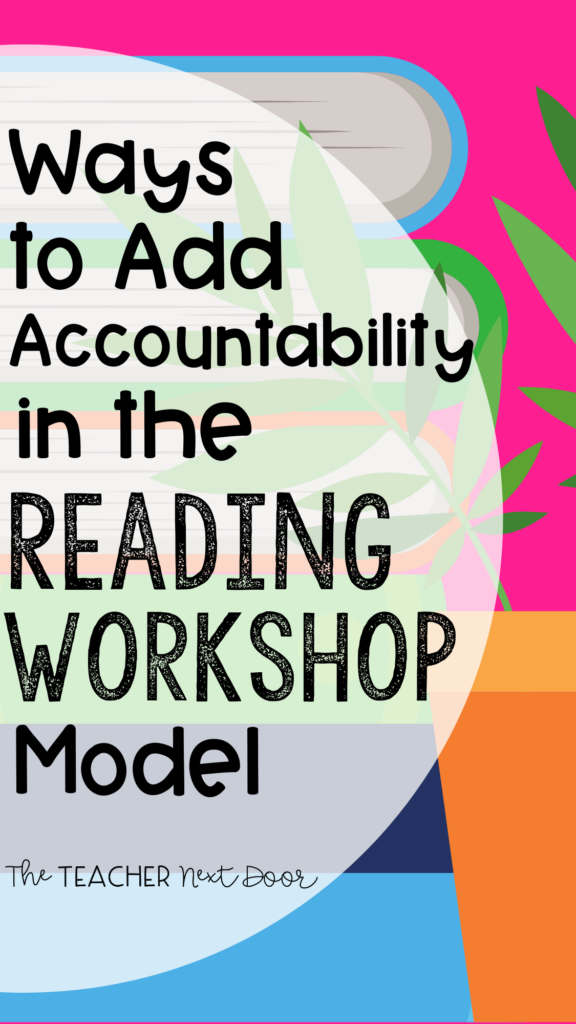
If you’re looking for ways to add accountability in the Reading Workshop model, you’re not alone.
Besides mastering reading standards, one of the main goals of Reading Workshop is to encourage students to fall in love with reading. Sometimes creating avid readers seems at odds with the accountability aspect.
At the very least, teachers have to walk a fine line between letting students read for pure enjoyment and making sure they are actually reading and mastering standards.
Adding accountability though is definitely possible, even within the philosophy of the Reading Workshop model.
Let’s start with a few of my general dos and don’ts for accountability in Reading Workshop:
- Make sure students are doing far more reading than writing during independent reading time. Practicing strategies while reading is the goal.
- Don’t feel like you need to give students reading assignments every day. The idea is to sprinkle in accountability.
- Vary the types of accountability assignments you give. For example, if you plan to have a short written assignment twice a week, try to switch things up a bit to add variety.
- Give students choices when possible. Sometimes there are a number of options that assess equally well. When you can give students a choice, it tends to increase students’ buy-in.
- Avoid excessive writing during reading time. There’s a time and a place for longer types of pieces. I like to save long-form writing for my writing time.
- Trust the process. Do what you can to structure Reading Workshop to add those accountability pieces. Then trust that you’re doing the right thing.
What are some options for adding accountability to Reading Workshop?
1. Reading Conferences
Holding discussions with students about reading is one of my top accountability measures. Talking to students one on one will let you know if they’re understanding reading skills and strategies. It’s also easy to tell if a student has been actively reading or not. When you hold consistent reading conferences with students, it encourages them (at least most of them) to really read.
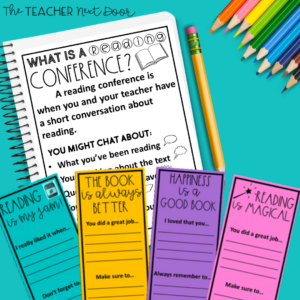
2. Setting Reading Goals for Accountability
Setting reading goals is something my students do each month. At the end of the month, they do some self-reflection about those goals. They may decide to stick with those, or they may make new ones.
Each time we do reading conferences together, I also give them small mini-goals. I use bookmarks and write down one thing the student did well. I also write one thing I would like him/her to work on before we meet again. We discuss these goals on a regular basis, and students know it’s one thing I will be asking them about each time we meet.
3. Graphic Organizers
Graphic organizers are such a great way to help students organize ideas visually. I love giving students a blank graphic organizer as a quick way to check for understanding.
Since little writing is involved other than quick notes or bullet points, it leaves plenty of time for reading. You can also customize these to be text specific, giving you information about what your students are currently reading.
4. Question Stems for Accountability
Asking students to answer a question or reflect on their reading is easy to do using question stems.
For the longest time, I scrambled to come up with different question stems for my students to use to check comprehension. Finally, I decided to make question stems for each standard. There are way too many for one person to ever use, but I like having options!
For example, imagine you are teaching students about making inferences. You could use a question stem like one of these to add some accountability:
- Make an inference about the main character. What are his/her character traits, and how do you know? Use evidence from the text.
- What inference can you make using details from the story? Add text evidence to support your thinking.
- Based on what you’ve read so far, make an inference about how the story will end.
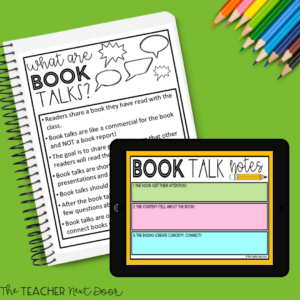
5. Book Talks
I love to have students do Book Talks every now and then. Book Talks add some accountability to Reading Workshop and also allow students to share books! Doing Book Talks during Share Time in Reading Workshop is a great way to help students get excited about books and reading!
6. Status of the Class
Taking a Status of the Class can allow you to add accountability by keeping track of which books students are reading in an ongoing basis. If you’ve never done this before, you might want to give it a try.
Some teachers do a Status of the Class fairly frequently, while others have a set day once a week for example. Some teachers do the whole class at one time. Other teachers like to divide the class by the number of days and ask 6 – 7 students per day about their reading.
Typically, to do a Status of the Class, a teacher stands at the front of the room and checks-in with students out loud. Each student tells which book he/she is reading and possibly the page number. I like to also have students add a sentence to tell what’s happening in the book at that time.
My Status of the Class Sounds like this:
I’m reading ______________ (title of the book) and am on page _____.
Right now _______________________________ (QUICK sentence telling me what’s currently happening in the book).
As I call their names and students give me the information, I write down the title, the page, and a plus (doing well), a check (sounds okay), or a minus (unsure).
Status of the Class is a quick check that gives me some ideas about these things:
- Whether the student is abandoning books too often
- If the student is reading the same book for way too long (of course this will vary depending on the student’s reading ability and the length of the book)
- Does the student have knowledge about what’s happening in the book
- Will I need to discuss any of these reading concerns during reading conferences
- Is this student selecting books that are at his/her “best fit” level
- Could this student be in need of some book-selecting guidance
7. Record of Reading
When I first started teaching, I used to use reading logs. My goal was to help students read each day at home. It sounds like a good idea, right? What could go wrong?
After a while, I started to realize that reading logs have their own set of pitfalls. Avid readers read for enjoyment, and the reading logs made some readers NOT want to read. Who wants to fill out a form each night? It was the opposite of motivating for them.
Struggling or reluctant readers tried to avoid reading at all costs.
Then there’s the honesty component. Does the parent signature really mean that the student actually read? Do parents even know whether their child really spent that time reading? (No judgement here. I’m a parent too!)
Also, while having access to lots of books is something many families may take for granted, there are also many families who don’t have books at home.
All of these things made me question why I was using reading logs.
That’s when I decided to change to a Record of Reading format. It sounds the same but it isn’t, at all.
I still encourage students to read at home, and I make sure to communicate this with parents. The difference is that there’s no verification required.
The Record of Reading is a handout that students glue into Reader’s Notebooks. They write the title of each book, the start date and the finish date. I have a second form that I sometimes use that also asks students to record the genre for each book.
I can see at a glance what kinds of books they’re reading and how quickly they are reading each book.
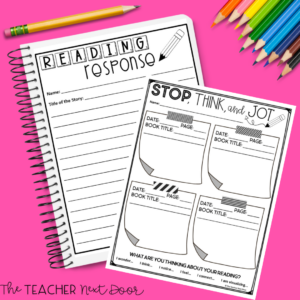
8. Reading Responses for Accountability
There are several things you can do to have students respond to reading. Again, I do want to emphasize that it’s important to keep the writing brief, so that reading is the main focus.
I like to use Stop, Think, and Jot Notes, especially. It’s a fairly quick way to have students answer a question or describe their thinking about reading.
We also do the classic Reading Response model. Once in a great while I may assign students to choose one of the Reading Response projects or create their own.
Traditionally, Stop, Think, and Jot Notes are completed using sticky notes. I do LOVE sticky notes, but they are so expensive! I try to mix-in some non-sticky notes to reduce costs.
Two alternatives to sticky notes are:
- Students write directly in their Reader’s Notebooks. This may not be as fun but it works.
- Students write on Stop, Think, and Jot templates. These have printed squares that look like sticky notes.
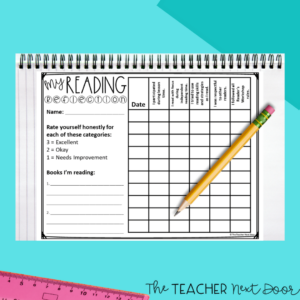
9. Reading Reflection
Each week, I have students fill out a Reading Reflection form. This form asks students important questions about their Reading Workshop experience. I’m always pleasantly surprised at how honest students are for the most part. Their answers often mirror how well I thought they participated and put forth effort.
The Reading Reflection form is one of my favorite reading accountability pieces.
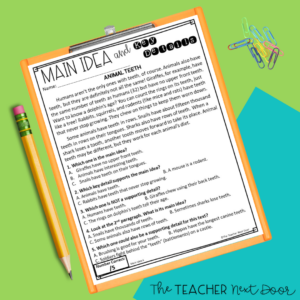
10. Quick Reading Assessments
Much of Reading Workshop accountability involves observation and discussion. To me, these are perfectly valid forms of accountability.
Sometimes though, we just need some data. Maybe it’s required by your school or district. It’s also possible that you just would like some solid number scores to add into the gradebook or share with parents.
When my district asked us to assess but didn’t provide us with assessments (go figure???), I knew I would have to create them myself.
I use these really quick assessments (short text with 5 questions) that I created as a snapshot for formative and summative assessments. I ended up making three Reading Assessments for every fiction and nonfiction standard for 3rd, 4th, and 5th grades!!!
It’s one of the more concrete measures I use to see if students are mastering the standards I’m working so hard to teach them.
Adding Accountability in Reading Workshop can be accomplished! Take some time to decide how you’ll make sure that your students are engaged and growing as readers!
You can create everything you need for Reading Workshop, but if you’re looking for a set of time-saving, print and digital resources, I have a set ready for you. It has accountability materials, anchor charts, graphic organizers, reader’s notebook materials, 4 weeks of lesson plans, bookmarks, posters, and more!
Click here to take a look at the Launching Reading Workshop unit!
Now that you have a handle on adding accountability for students using the Reading Workshop model, maybe you’re wondering where you go from here?
If you’d like to plan out the grade level reading skills your students need for the year, I have a FREE set of pacing guides for 3rd, 4th, and 5th grades that I’d love to share with you.
The pacing guides are organized by weeks and come in color, black and white, and in editable formats too, so you can tweak them to match your needs.
IF YOU LIKED THIS BLOG, YOU MAY ALSO BE INTERESTED IN:
-
Graphic Organizers: 5 Simple Tips That Can Improve Student Learning
-
4 Super Simple Ways to Effectively Use Anchor Charts to Teach Reading Skills
- The Ultimate Guide to Reading Workshop Mini-Lessons


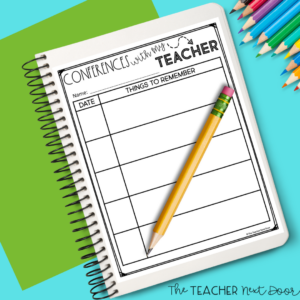
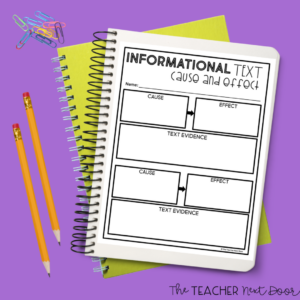
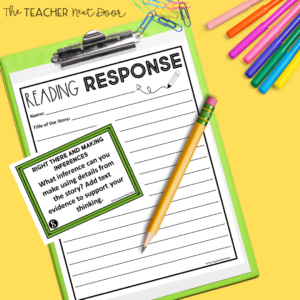
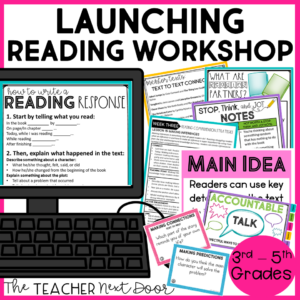
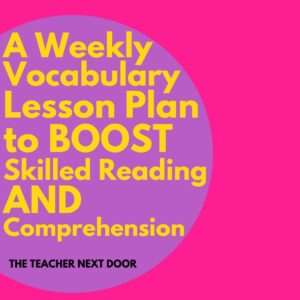
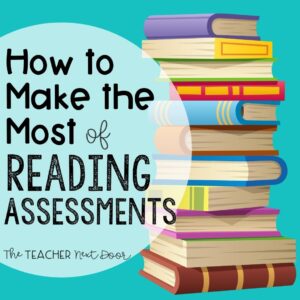
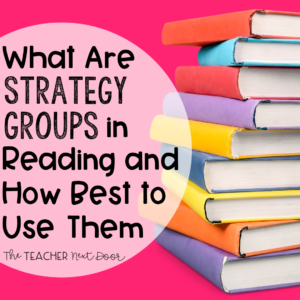


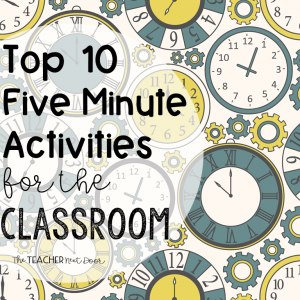






![DAY THREE DROPS! ⬇️⬇️⬇️
👉 Today, you can…
✔️ Grab done-for-you resources to keep your students engaged for $3
✔️ Grab FREE instant download activities!
✔️ Grab all of this week’s deals if you missed any!
ALL 5 of these comprehensive resources from my shop are $3 today to help fight spring fever in your classroom! 🌸🌼🌷
✏️ [BRAND NEW] Step-By-Step Personal Narrative Unit
✏️ Paired Texts Fiction to Nonfiction for Spring
✏️ 4th Grade Morphology & Vocabulary Unit
✏️ Main Idea Unit for 4th & 5th Grades
✏️ Figurative Language Complete Unit for Busy Teachers
Want the link to all the deals and freebies? Comment APRIL PARTY and we’ll send it directly to your DMs! 📫💌
PS - Don’t forget that you can still access all the Day 1 and Day 2 Deals too! 🩷](https://the-teacher-next-door.com/wp-content/plugins/instagram-feed/img/placeholder.png)

